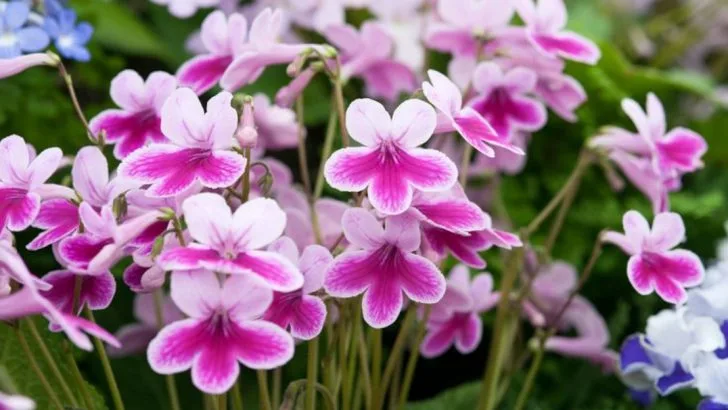Your plants are talking to you—just not in words. Forget dramatic blooms or showy growth spurts. When plants are happy, they whisper it in small, steady signs. It’s the deep green leaf that didn’t flinch during a heatwave. The new bud sneaking in behind the old one. The soil that smells just a little sweet after watering. These are the quiet victories. The subtle clues that say, “Hey, you’re doing this right.” So if you’ve ever stood in your garden wondering whether all your effort is actually paying off— you’re about to get your answer. Here are 14 low-key ways plants show they’re absolutely thriving.
Vibrant Leaf Color
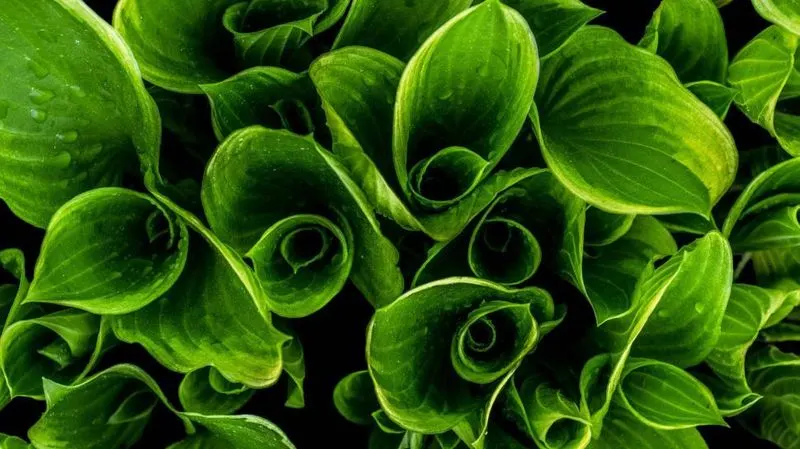
The vibrant color of a plant’s leaves is a clear indication of its health. When leaves showcase a rich, green hue, it implies that the plant is photosynthesizing efficiently. This process involves converting light into energy, ensuring the plant’s overall well-being.
Healthy leaves are not only visually appealing but also play a vital role in the plant’s life cycle. Their ability to capture sunlight and transform it into nourishment is essential.
If your plant’s leaves are lush and colorful, it’s a sign that your care regime is right on track.
Steady New Growth

New growth is a promising sign that your plant is thriving. When you notice fresh leaves or stems sprouting, it indicates that the plant is receiving the right balance of nutrients, water, and light.
This growth suggests a healthy root system actively absorbing what it needs from the soil. As your plant continues to expand, it reflects its adaptation to its environment.
A healthy plant will steadily produce new foliage, signaling that your attentive care is fostering its development.
Flowering
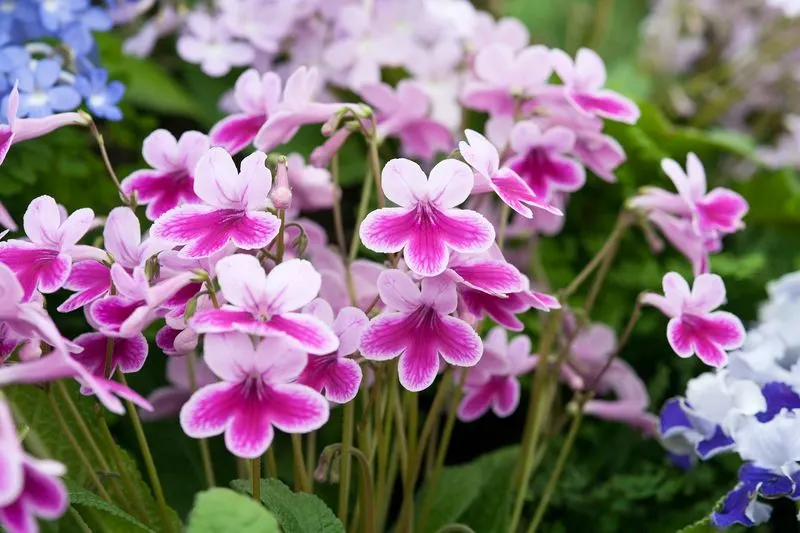
Flowering is the ultimate indication of a happy plant. Blossoms not only add beauty but also signify that the plant is reaching its reproductive stage, a sign of good health.
The emergence of flowers suggests the plant is getting ample sunlight, nutrients, and water. In this vibrant display, your plant is expressing its contentment with its surroundings.
When your plant begins to flower, it’s a testament to the nurturing environment you’ve provided.
Firm, Strong Stems
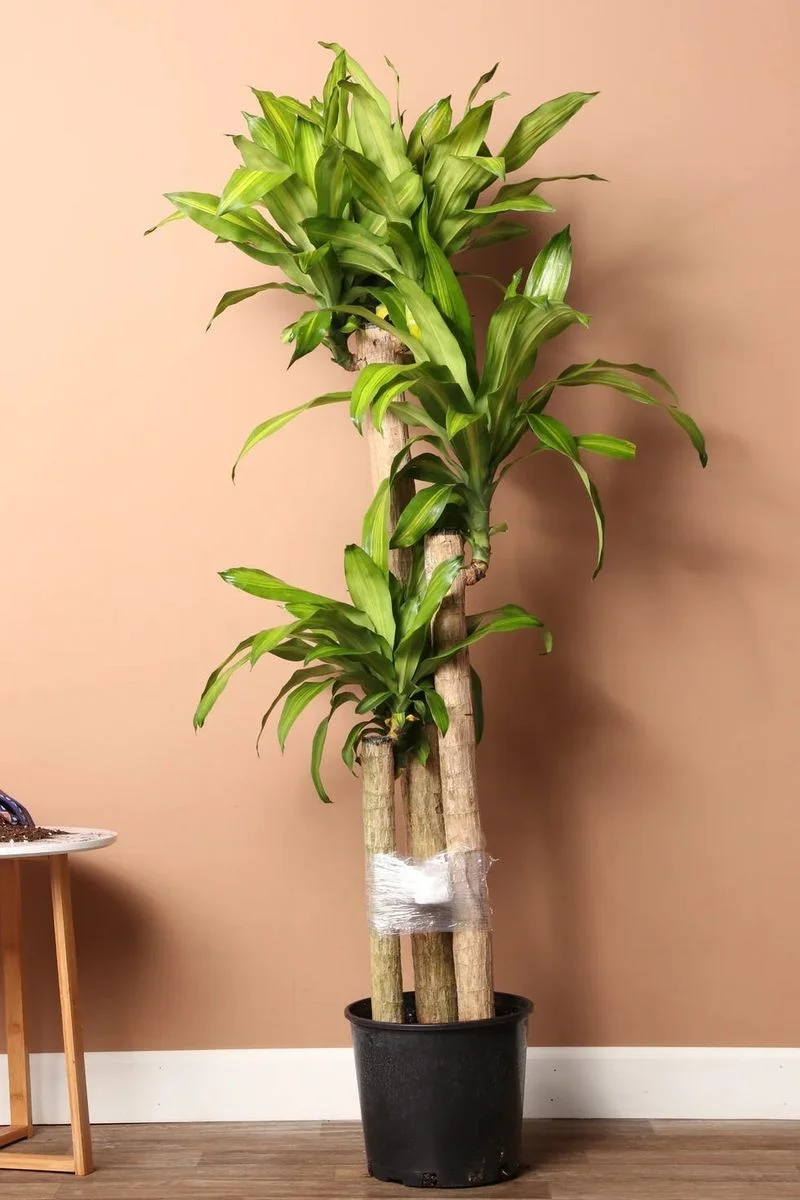
Sturdy, firm stems are a strong indicator of a thriving plant. When stems stand upright and feel robust, it suggests that the plant’s internal structure is healthy.
The plant’s ability to maintain its posture indicates that it’s receiving adequate sunlight and water. Strong stems provide essential support for the plant’s leaves and flowers.
If your plant’s stems are firm and resilient, it’s a positive sign of its overall vigor and your effective care routine.
Healthy Root System
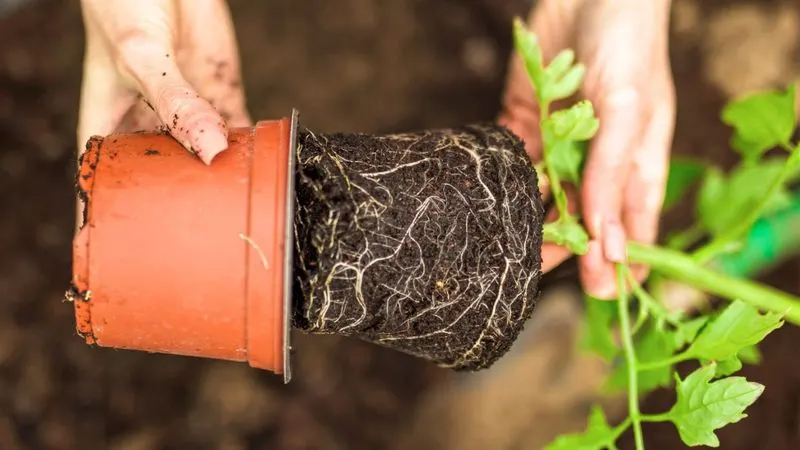
Healthy roots are the foundation of a thriving plant. When roots appear white and firm, it means they are efficiently absorbing nutrients and water.
A robust root system is vital for the plant’s growth and development. It anchors the plant in the soil and supports the uptake of essential elements.
If your plant’s roots are healthy, it’s a clear indication that your care is nourishing it effectively.
New Shoots and Leaves
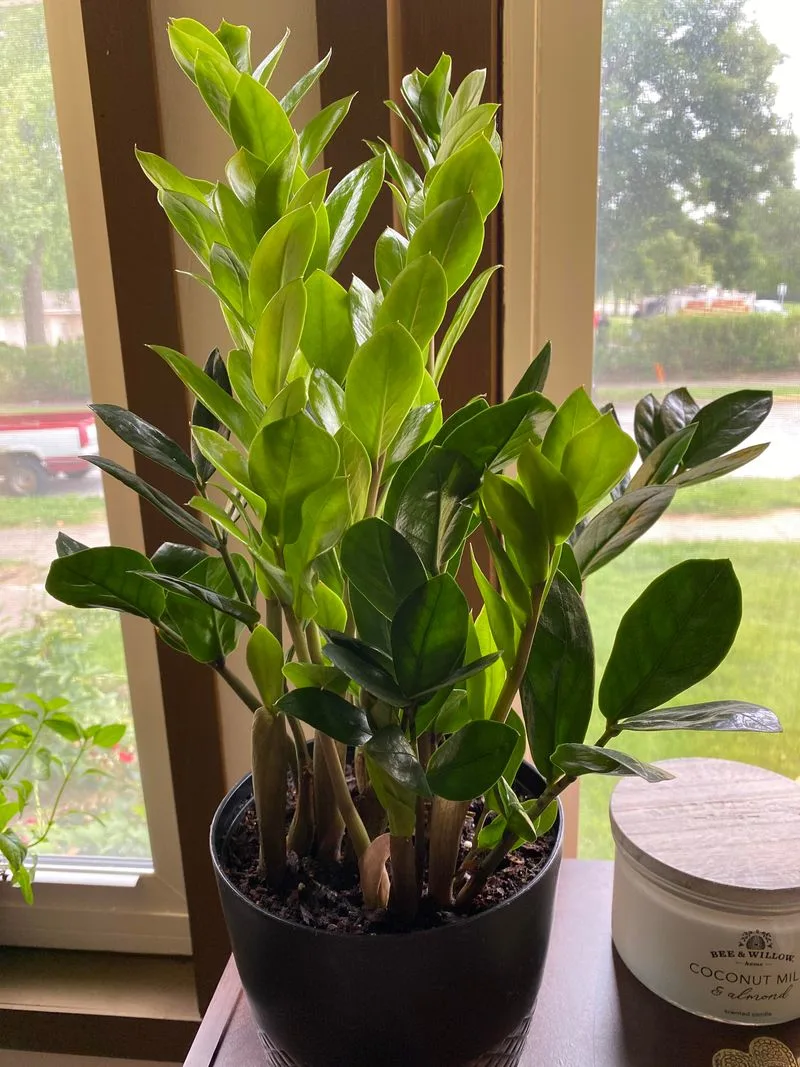
The emergence of new shoots and leaves is a strong affirmation of your plant’s health. These new growths indicate that the plant is not only surviving but thriving in its environment.
It shows that the plant is receiving ample nutrients and is responding well to its care. New shoots often appear after a period of dormancy or stress, signifying recovery and vitality.
Your plant’s new growth is a testament to your successful nurturing efforts.
Glossy Leaf Texture
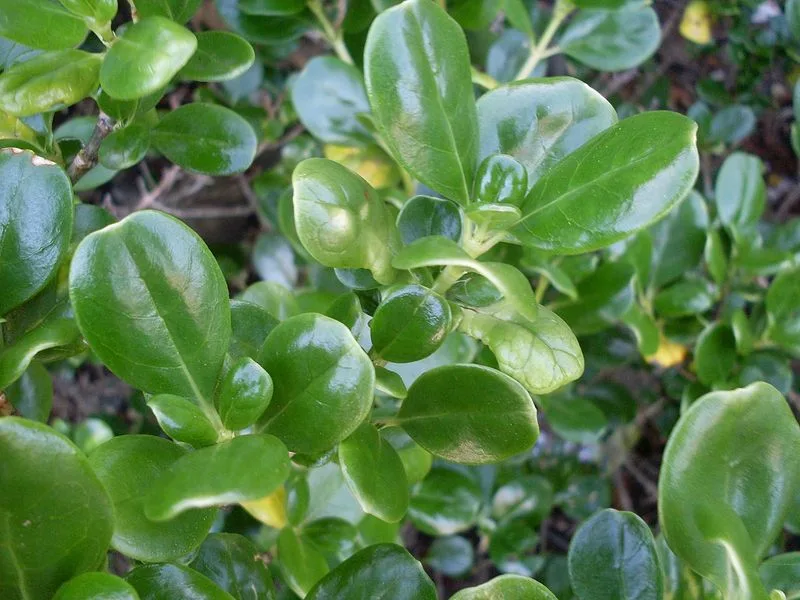
Glossy, shiny leaves are a hallmark of a thriving plant. This sheen indicates that the plant is well-hydrated and free from dust or pests.
The glossy texture helps in maximizing photosynthesis by efficiently capturing light. It also suggests that the plant is receiving the right amount of humidity and moisture.
When your plant’s leaves have a healthy shine, it’s a positive sign of its overall condition and your diligent care.
Leaf Perkiness
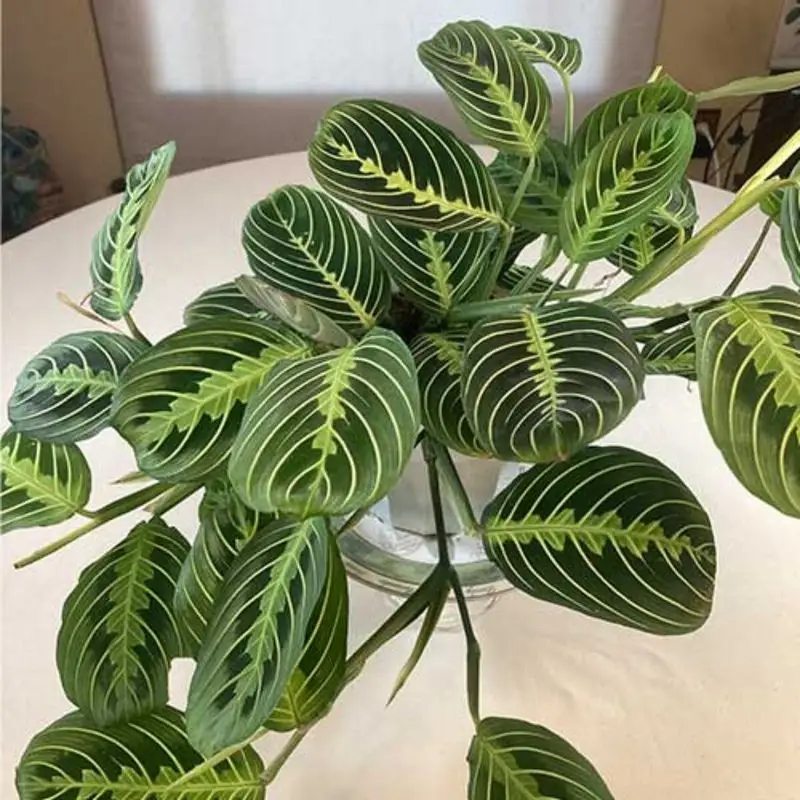
Perky leaves are a sign that your plant is thriving. When leaves stand tall and appear turgid, it indicates that the plant is well-hydrated.
This perkiness also suggests that the plant’s cells are filled with water, making it capable of photosynthesis and growth. Upright leaves are a visual cue that your care routine is supporting the plant’s needs.
If your plant’s leaves are perky, it’s a testament to its robust health under your care.
Balanced Leaf Drop
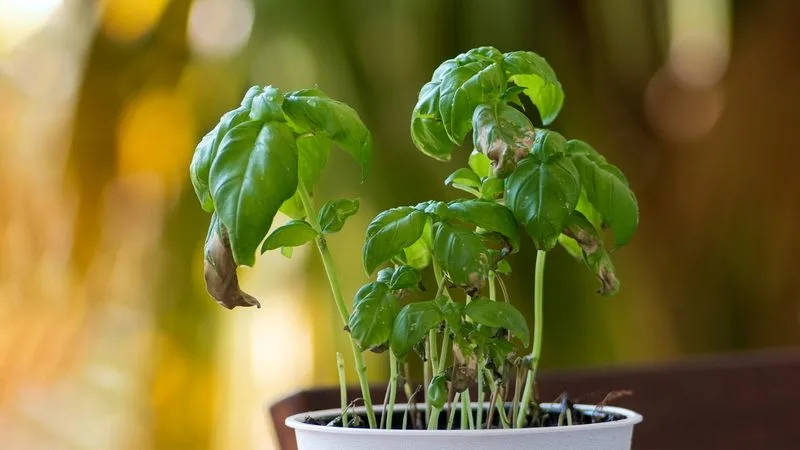
Balanced leaf drop is a natural process in thriving plants. When a plant sheds older leaves while maintaining new growth, it’s a sign of health.
This process allows the plant to focus its energy on new leaves and potential flowers, indicating that it’s adapting well to its environment.
A few fallen leaves now and then are normal, and when accompanied by new growth, they highlight the plant’s resilience and your effective nurturing.
Correct Size and Shape
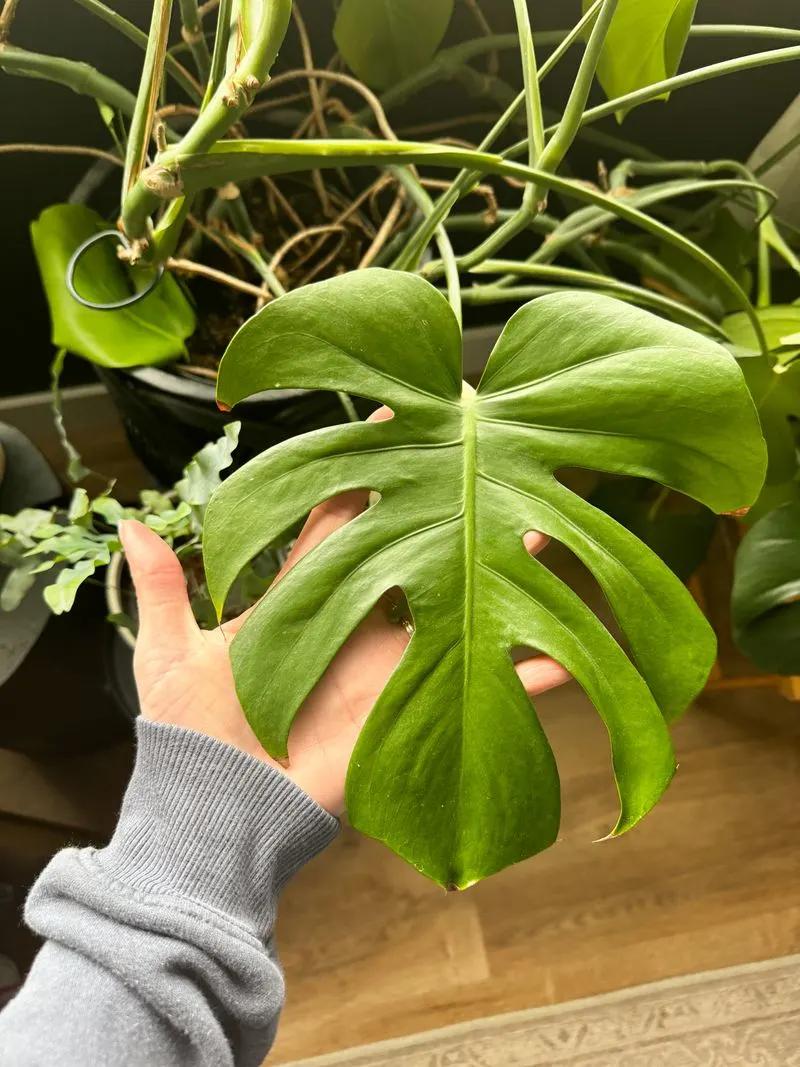
Correct leaf size and shape are indicators of a thriving plant. When leaves grow to their expected dimensions and maintain their shape, it suggests that the plant is receiving adequate light and nutrients.
This balance allows the plant to sustain its metabolic processes efficiently. Proper leaf growth is a testament to the plant’s adaptation to its surroundings.
When your plant’s leaves exhibit their characteristic size and shape, it showcases your successful care efforts.
Consistent Growth Rate
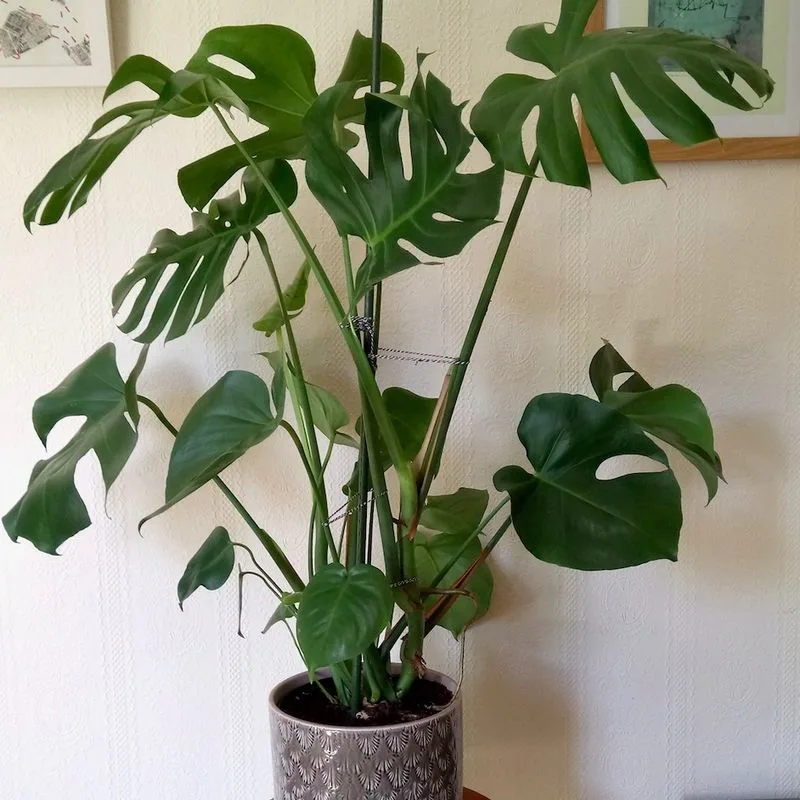
A consistent growth rate is a reliable sign of plant health. When your plant grows steadily over time, it means the conditions are ideal for its development.
This growth pattern indicates that the plant is not under stress and is efficiently utilizing its resources. Consistency in growth reflects stability in the care routine you’ve established.
If your plant maintains a regular growth rate, it signifies that your nurturing is on point.
Resilient to Pests
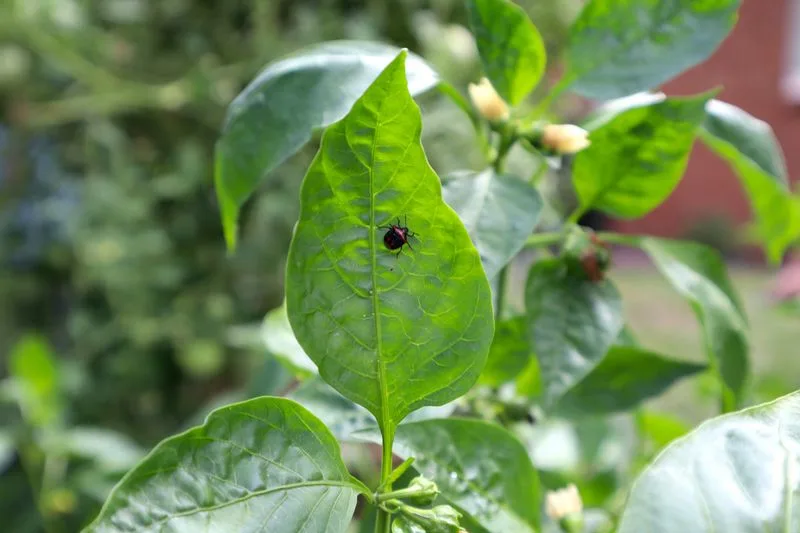
A plant’s resilience to pests indicates robust health. When your plant shows no signs of pest damage, it suggests that it has a good defense mechanism.
Healthy plants can better withstand minor pest attacks due to their strong cellular structure and biochemical defenses.
If your plant remains pest-free, it reflects your attentive care in providing a favorable environment.
Adaptation to Light Changes
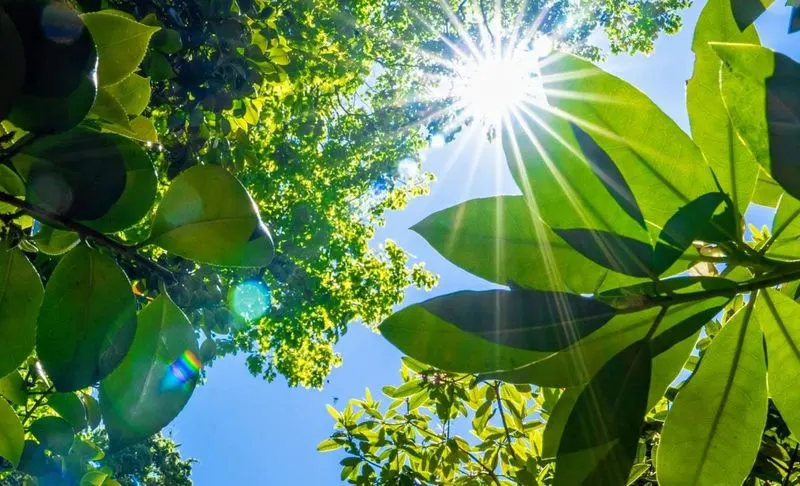
Adaptation to light changes is a sign of a thriving plant. When your plant adjusts to different lighting conditions, it shows flexibility and resilience.
This adaptability ensures that the plant can photosynthesize efficiently, even as its environment shifts. It reflects the plant’s capacity to thrive despite changes.
A plant that adapts well to light changes demonstrates its strength and your effective care approach.
Rich Soil Aroma
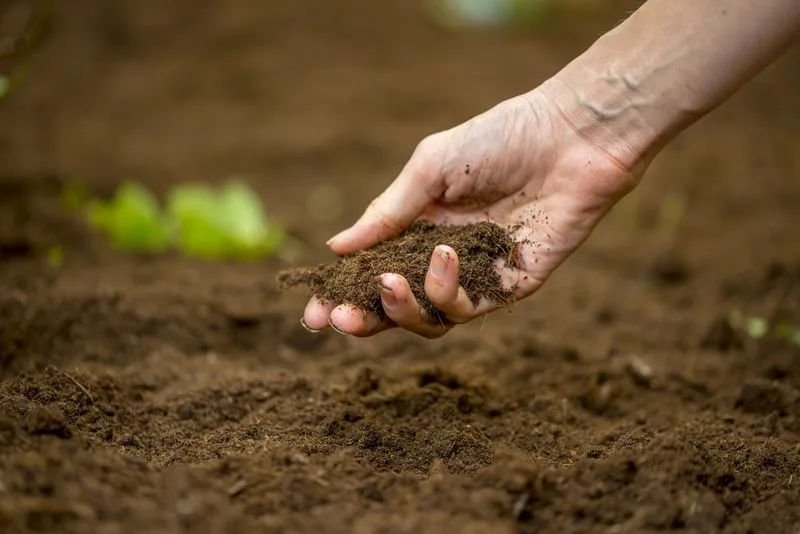
The rich aroma of soil is a subtle sign that your plant is thriving. Healthy soil smells earthy, indicating the presence of beneficial microorganisms.
These microorganisms play a crucial role in breaking down organic matter, enriching the soil with nutrients that the plant absorbs.
A pleasant soil aroma suggests that the potting medium is in good condition, supporting plant health and growth.

